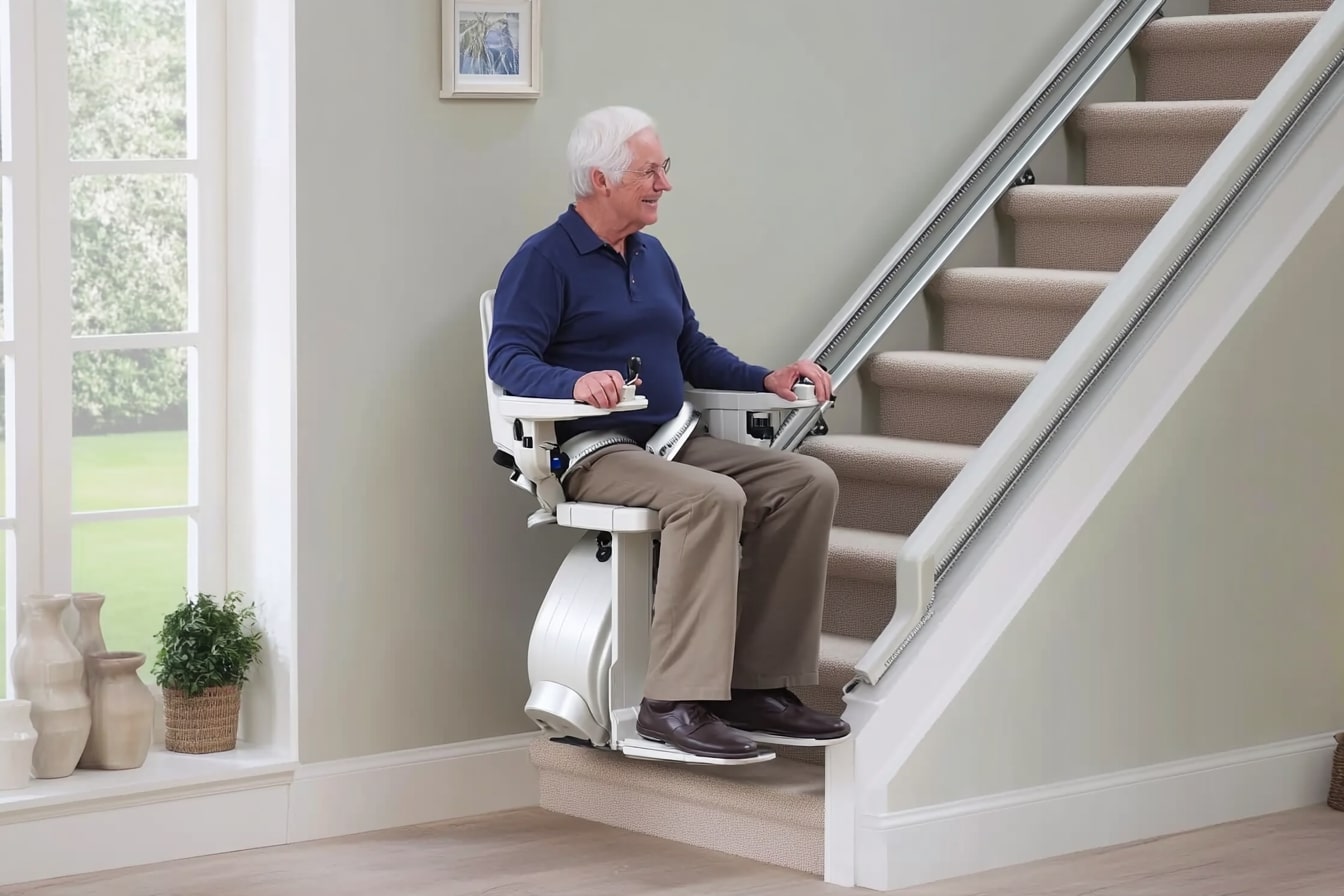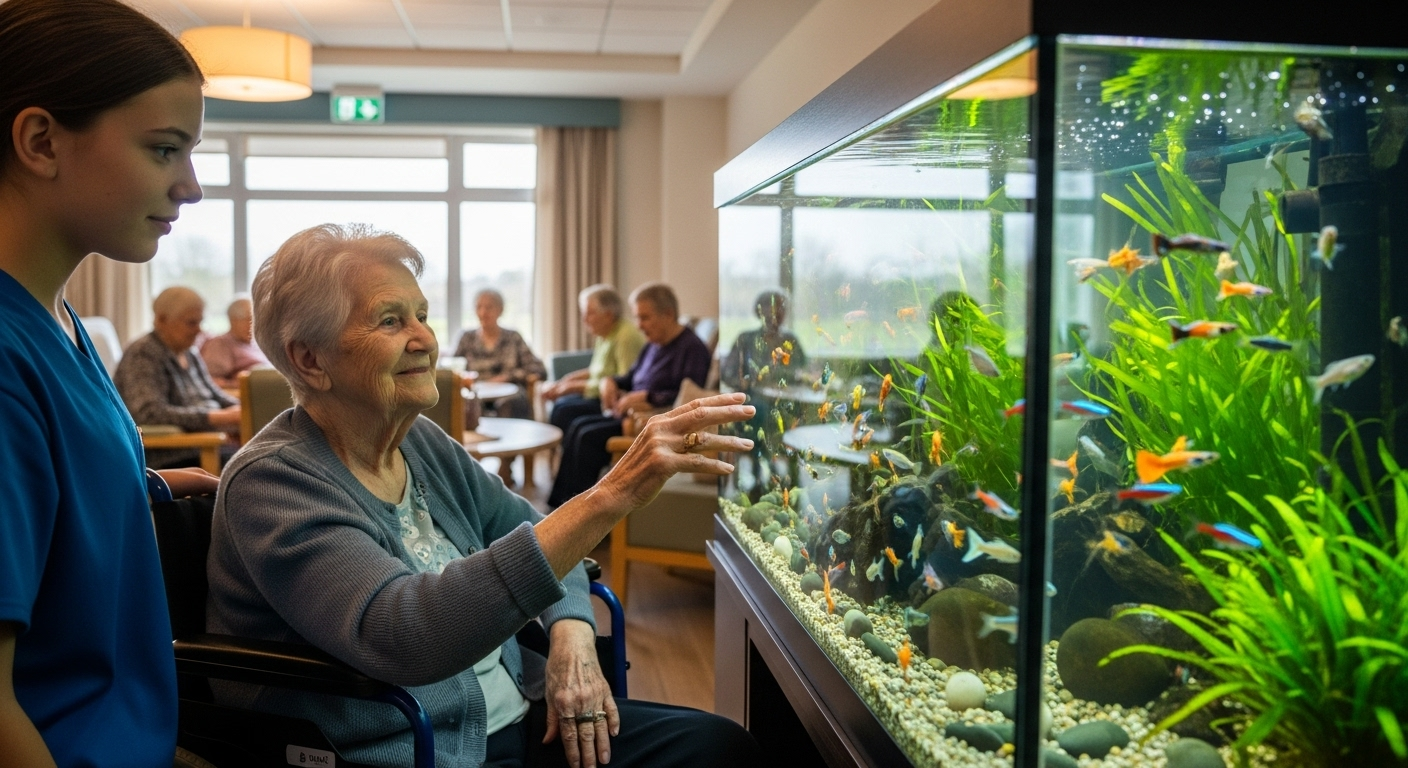Affordable Portable Stairlifts for UK Seniors in 2025
In 2025 the UK market for portable stairlifts for seniors continues to expand, with manufacturers prioritizing compact designs for narrow staircases, better battery life, straightforward installation and enhanced safety features. This article reviews leading models, outlines financing and maintenance options, and offers practical guidance to help families choose an affordable, comfortable and reliable home accessibility solution.

Portable stairlifts, sometimes known as stair climbers, are designed to help a person travel up and down stairs without a permanently installed rail. For many UK households—particularly rental homes, listed buildings, or addresses with very narrow staircases—they provide a practical way to maintain independence with minimal changes to the property. In 2025, models have improved battery life, better braking systems, and clearer user controls. Deciding between a portable device and a fixed stairlift depends on staircase layout, user needs, budget, and whether a trained assistant will be available to operate the equipment.
Catering to narrow staircases
Many UK homes have compact hallways and steep, narrow stairs. Portable stairlifts come in two broad types: seated units that carry the user, and attachments that power a wheelchair user up the stairs with assistance. Width requirements vary by model, but some tracked designs need surprisingly little clearance because the tracks grip the stair nosings rather than requiring a wall-mounted rail. If your staircase includes winders or tight landings, check whether the unit can pause safely and pivot between flights. An in-home demo and a survey by a competent supplier help confirm turning space on landings, weight limits, and safe operating angles.
Financial considerations and support
Costs for portable stairlifts differ by capacity, battery, and control features. Some families compare them with fixed straight stairlifts, which can be less expensive upfront for simple stairs but require installation and may not suit rental agreements. Financial support may be available: eligible disabled users can usually obtain VAT relief on qualifying mobility equipment; local authorities may advise on grants for home adaptations (commonly used for fixed solutions), and some charities or loan schemes may provide short-term equipment. Reconditioned or rental options can reduce upfront cost. Always request written quotes, warranty details, and training inclusion before deciding.
Customized features and user safety
Key safety features in 2025 include automatic braking on stairs, over-speed protection, anti-slip tracks, integrated lap belts or harnesses, and battery status indicators. For wheelchair-compatible models, look for secure docking, adjustable clamps, and rated load capacities that match the user’s chair and weight. Ergonomic handles and powered descent assist the attendant, reducing strain. Consider soft-start/stop motion to minimise jolts, parking brakes for rest positions, and illuminated controls for low-light stairways. A thorough risk assessment and hands-on training are essential; many suppliers offer operator training so carers can use the equipment confidently and safely.
Efficient installation and customer service
One advantage of portable stairlifts is minimal or no home alteration—often just delivery, configuration, and training. Even with low setup time, after-sales support matters. Prioritise providers that offer in-home demonstrations, clear operating guides, and rapid response for servicing in your area. Check service intervals, battery replacement cycles, and availability of spare parts. For households comparing portable with fixed lifts, ask suppliers to explain survey findings, installation timelines, and the scope of warranties. A reliable local service network helps ensure continuity, especially when the device is essential for daily routines.
Learn more about stairlifts in the UK
Before purchasing, gather independent assessments from occupational therapists and speak with reputable local services. Visiting showrooms or arranging home demonstrations allows you to test controls, turning on landings, and noise levels. Verify UKCA or CE conformity, load ratings, and whether the device is suitable for the staircase type (straight, quarter-turn, or multiple landings). Review written maintenance schedules and training commitments, and clarify trial or return terms. Comparing user manuals across models can reveal differences in usability, battery care, and safety procedures that may not be obvious in a brief demo.
A quick pricing overview for 2025 shows that portable stairlifts typically cost more than a basic straight fixed stairlift but can be more economical than bespoke curved installations. Ranges below reflect typical UK quotes for new equipment; refurbished units may be lower. Always confirm the latest pricing, warranty length, and training inclusion directly with providers.
| Product/Service | Provider | Cost Estimation |
|---|---|---|
| LIFTKAR PT (portable stair climber) | SANO (UK distributors) | £3,500–£5,500 |
| s-max stairclimber | AAT GB | £3,000–£4,500 |
| scalamobil S35 | AAT GB | £4,000–£6,000 |
| Power 900 (powered evacuation chair) | Evac+Chair (UK) | £2,700–£3,500 |
| Straight fixed stairlift (new) | Stannah | £2,000–£3,500 |
| Straight fixed stairlift (new) | Acorn Stairlifts | £2,000–£3,500 |
Prices, rates, or cost estimates mentioned in this article are based on the latest available information but may change over time. Independent research is advised before making financial decisions.
In summary, portable stairlifts can be a flexible solution for UK seniors who need help on the stairs without permanent home alterations. Matching the model to the staircase, confirming safety features, budgeting for purchase and maintenance, and securing dependable training and support are the keys to a safe, comfortable outcome. Careful demonstrations, realistic cost comparisons, and clear after-sales commitments will help ensure the chosen option meets day-to-day needs in 2025.



